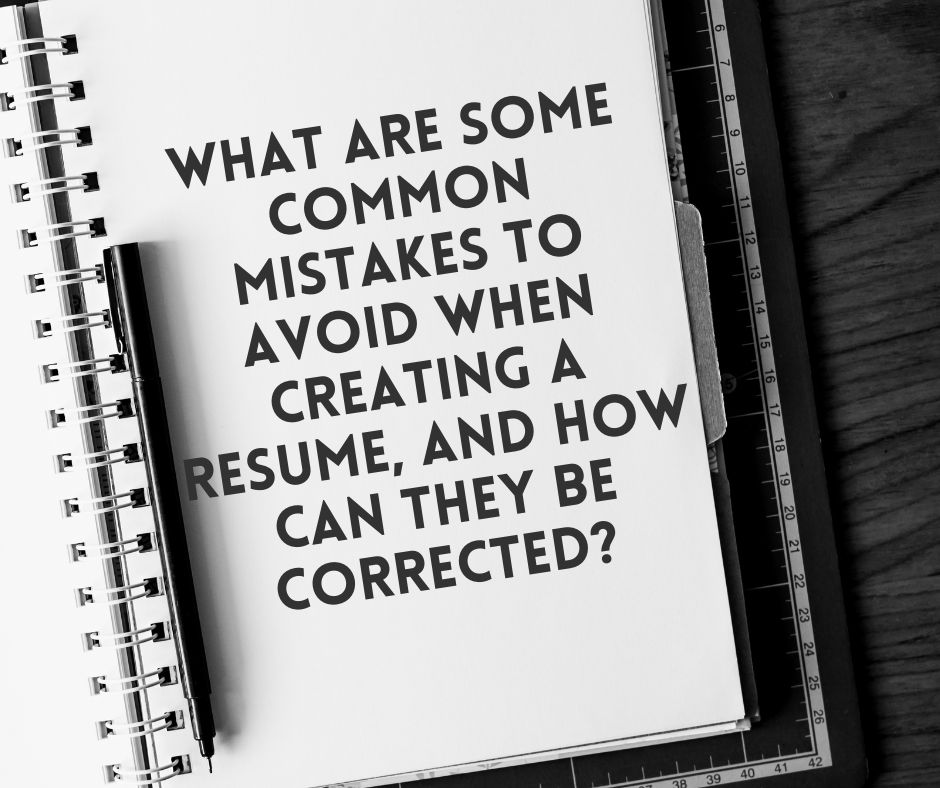Introduction:
In the competitive landscape of job hunting, the resume serves as your initial introduction to potential employers. Crafting an effective resume requires a keen understanding of common mistakes that can inadvertently sabotage your chances. These errors range from generic, one-size-fits-all applications to the omission of crucial achievements and the use of poor formatting. Fortunately, recognizing and rectifying these missteps is the key to presenting a standout resume. In this guide, we will delve into the pitfalls to avoid when creating a resume and provide actionable insights on how to correct them. As you embark on this journey, consider utilizing a resume builder template as a valuable tool, streamlining the process and enhancing the overall impact of your professional profile.
Generic Resumes:
Sending out the same generic resume for every job application is a common pitfall. This one-size-fits-all approach fails to highlight your unique qualifications for a specific job.
Correction:
Tailor your resume for each application by carefully reading the job description. Emphasize relevant skills and experiences, using keywords from the job posting to catch the attention of both human recruiters and automated applicant tracking systems (ATS).
Lack of a Strong Objective or Summary:
Skipping a compelling objective or summary is a missed opportunity to make a strong first impression. Without a clear statement of purpose, your resume may come across as unfocused.
Correction:
Craft a concise yet compelling objective or summary that outlines your career goals and what you bring to the table. This section should pique the employer’s interest and encourage them to delve into the rest of your resume.
Ignoring Formatting and Layout:
A cluttered or poorly formatted resume can be a turn-off for recruiters. Unorganized content and inconsistent formatting make it difficult for employers to quickly scan your resume.
Correction:
Opt for a clean, professional layout that is easy to read. Use a consistent font, bullet points, and headings to organize information. Prioritize relevant details and leverage white space to enhance readability.
Including Irrelevant Information:
Inclusion of irrelevant or outdated information on your resume is a common mistake. Employers are interested in your recent and relevant experiences, so focus on what matters most.
Correction:
Streamline your resume by removing irrelevant details such as outdated skills or experiences that aren’t applicable to the job you’re applying for. Highlight your most recent and impactful achievements to showcase your qualifications effectively.
Listing Job Duties Instead of Achievements:
Many resumes fall into the trap of merely listing job duties without highlighting achievements. A laundry list of responsibilities doesn’t differentiate you from other candidates with similar roles.
Correction:
Quantify your achievements and focus on the impact you made in previous roles. Use numbers and specific examples to showcase how your contributions positively affected your previous employers. This will demonstrate your value and set you apart from other applicants.
Ignoring Keywords:
Given the prevalence of ATS, resumes often go through automated screening before reaching human eyes. Neglecting to incorporate relevant keywords from the job description can lead to your resume being discarded.
Correction:
Identify keywords from the job posting and seamlessly incorporate them into your resume. This not only helps your resume get past ATS but also demonstrates to employers that you understand the language of the industry.
Overlooking the Importance of Proofreading:
Typos, grammatical errors, and formatting issues can make a negative impression on potential employers. A resume with mistakes suggests a lack of attention to detail.
Correction:
Carefully proofread your resume to eliminate any errors. Consider asking a friend or colleague to review it as well. Fresh eyes may catch mistakes you might have overlooked. Tools like Grammarly can also be helpful in ensuring your resume is error-free.
Providing Too Much or Too Little Information:
Finding the right balance of information is crucial. Providing too much detail can overwhelm employers, while too little information might leave them wondering about your qualifications.
Correction:
Strive for a balance by offering enough information to showcase your qualifications without overwhelming the reader. Focus on the most relevant details, and use the interview as an opportunity to elaborate further on your experiences.
Including Unprofessional Email Addresses:
Using an unprofessional or outdated email address can give employers the wrong impression. It’s essential to present yourself professionally from the moment your resume is opened.
Correction:
Create a professional email address that includes your name or a variation of it. This small detail can contribute to the overall impression of your professionalism.
Conclusion:
Constructing a compelling resume is a nuanced art that demands attention to detail and strategic thinking. By steering clear of common pitfalls such as generic content, poor formatting, and the omission of key achievements, you can elevate your resume to a powerful marketing tool. Remember that your resume is a dynamic document that should evolve with your career, always tailored to the specific job you’re pursuing. Utilizing a free resume builder template can be a game-changer, providing a structured foundation for your qualifications. As you navigate the competitive job market, armed with the knowledge of resume do’s and don’ts, you’ll be better positioned to make a lasting impression on potential employers and secure the opportunities you aspire to.

